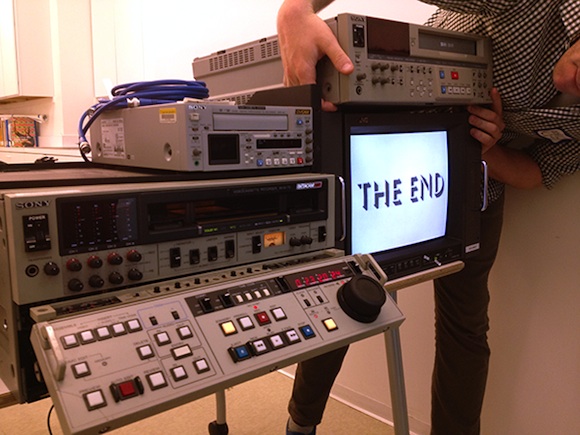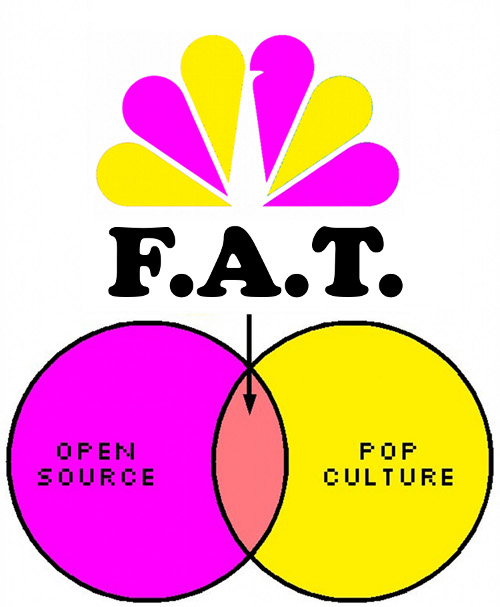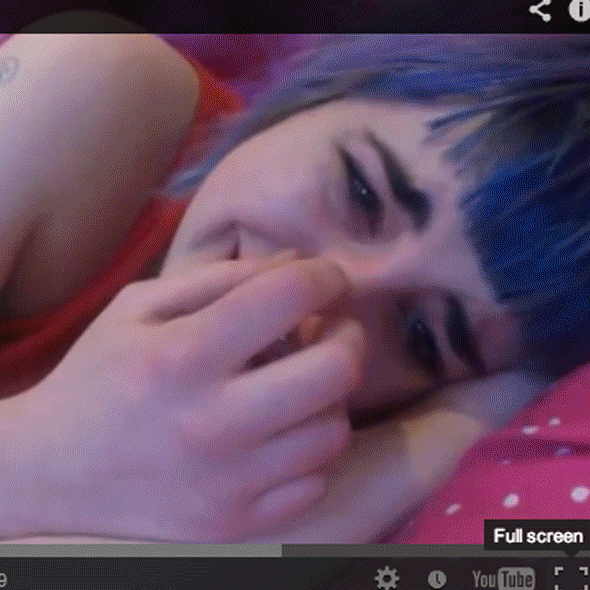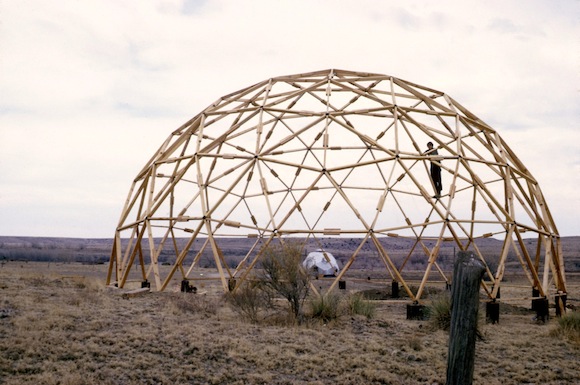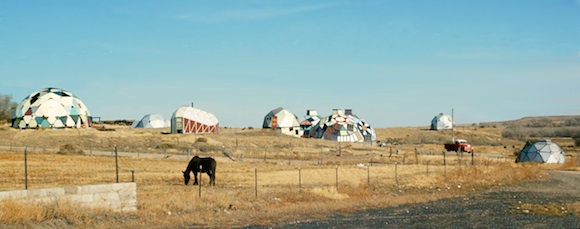![]()
Chris Poole (aka moot) is many things. He is the founder of the notorious 4chan (2003—), the bulletin board that gave rise to some of the most memorable memes of past decade, and Canv.as (2010—), a website that encourages sharing and remixing media. His most recent project, DrawQuest, is an iPad app that prompts users with a new drawing challenge every day. Its latest version was launched in the iTunes store last week.
Poole embodies and understands the internet and online community in the way only a millennial who had a computer in his bedroom with no parental supervision can. He started 4chan when he was 15, and for the community that emerged around it, he belongs in the pantheon of internet gods. Their adoration went so far that in 2009, 4chan users flooded the Time 100 poll to award Poole as The World's Most Influential Person. They describe him in the satirical Internet culture wiki Encyclopedia Dramatica as "supreme overlord of the Internet." He still devotes a considerable amount of time and money to 4chan, despite the fact that he can expect nothing in return. But although he stays involved in the community he created as an adolescent, Poole has grown up. Now, he’s an entrepreneur attempting to solve the puzzle of how to cultivate and – hopefully – monetize a creative online community.
I met with Poole for bubble tea in the East Village on a hot Tuesday afternoon. After showing me the new updates in the latest version of DrawQuest, we talked about his views on art, online communities, and growing up internet.
ZS: Why did you decide to create DrawQuest as an iPad app?
CP: Part of the reason [the app] exists is because we witnessed these problems ... where people felt really uncomfortable contributing to Canv.as because they weren’t capable or at the level that they felt they needed to be, in terms of their skill as an artist or their skill as a funny person…. And that’s really first and foremost what DrawQuest was designed to address. People don't think of themselves as creative, they don't think of themselves as artists, when in fact they probably are capable and they are probably much better at it than they thought they were. So it’s like coaxing people into that by using iPad’s 10 inches of touchscreen, and finger-painting is more intuitive than mouse and keyboard ... I like having everyone be on iPad, it levels the playing field ... Theres always that spectrum of skill but at the end of the day people can use this a lot more easily and intuitively.
I think we also noticed that there are lots of really excellent drawing apps on iPad, but there didn't seem to be any drawing apps at that intersection of a tool and a community. They are all offered in the productivity category and that’s really what they were they were – productivity tools – and we really wanted to offer a community... I think having everybody on a device like iPad is really important to that.
ZS: So do you use DrawQuest every day?
CP: I don't draw every day. I guess I failed my own test. I think that’s one of the weird things with working on a product – you’re a big fan of it but you don't necessarily use it the way it’s meant to be used. I probably spent more time – like I'm really anal – Q.A.ing [Ed.—Quality Assurance] just because some things... I'll immediately notice and it will bug the shit out of me. So it’s like I can create a laundry list of problems really quickly... I feel like when you're the maker of a thing it’s like you lose some of the ability to enjoy it. I get gratification not so much from using the app, although I do, but more from seeing other people use the app. You feel like you did something right. And also when you do use the app, because it’s your thing and you can effect change, you just get like, “Oh, this is wrong, this is wrong, change that, add this...”
It’s the same with 4chan. I was just thinking about this last night; the way I use 4chan now is like I'm a weird user... like I went and read some threads last night and I very rarely read the threads. I kind of skip between board and board looking for trash to pick up basically. Maybe it's like you're a gardener or something, it's like if it’s not your garden and not your lawn then you're kind of like, alright, it’s pretty. But if it’s yours, all you're doing is looking for the weeds. You're not taking it in, appreciating it for what is is, like "This is a pretty garden. I like the smell of the garden. It's very nice to sit in." You're just like, "Motherfucking weeds, there’s not enough nitrogen in my soil. I need a fucking fence." You're only concerned with the welfare of the garden.
I think its very similar with DrawQuest and my experience with 4chan. It's like the content is still appealing but I spend more time looking for things that are broken and trying to fix them. It's like I'm walking around with a toolbox all the time. And so it's like you're always in work mode, because unlike a regular user, you can actually change those things and and they can't.
![]()
Screenshot of DrawQuest
ZS: Do you use the star ratings in the iTunes store as a metric of success?
CP: Not necessarily. I mean it’s important in terms of exposure and whatnot... We retain something like 40% of all of our users who signed up four months ago. Now, going on five months, that number is crazy, way above market. [Of the] people that download the app and register for it, an overwhelming number... have stuck with the app basically since its inception. Which I think speaks to how much people really love the app and feel like we did a good job and also like the mechanic of the daily challenge. It is reinserting itself into your daily life, you know, every day it's different... I think our average user draws nine quests, and a bunch of our users have drawn every quest, or a quest multiple times ... I think the average user drawing about five or 10 quests is pretty impressive ... the level that you need to be engaged to draw something 10 times is pretty high.
ZS: So engagement is one way to measure success, but is profitability another?
CP: Definitely not profitable. That's something we're definitely going to address within the next build... The only way to spend the coins you earn in the app, right now, is that you can buy colors. But there's only 350 coins worth of liquidity in the app. You've got seven colors you can purchase, people purchase them all and then they are just sitting on the coins because they have nothing to do with them. So we've gotten a lot of emails from people saying, "You need to add more colors, can you have more ways for me to spend my coins?" It's kind of funny, but people really enjoy earning their stars and earning their way to unlocking features or paying their way to unlock features, and then they're kind of frustrated that, like, "I spent a week or I spent a dollar and now I have nothing left to buy."
ZS: Right. They won the game!
CP: Basically. I think we learned a lot about how much of a challenge it is to really build a happy economy, and that’s something we probably could have done better, but none of us had any experience with game development. Now that we know that, we're looking actively for more ways for users to spend more of their coins within the app. So that's something that we will be changing in the future.
ZS: What are your #feels about art? Do you like art?
CP: I like art. I don’t really understand art. I’m not qualified I think… I like kind of what technology does to art, technologically enabled art. It makes art more accessible to people like me who don't really know much or really care much… You know, I'd rather go to the MoMA than the Met. I am more interested in what people are doing with technology or mixed media. I’m a lot more into contemporary than classic art. I think it's really cool that technology has enabled art to be more relevant to people like me, but also enables more types of people to make art. If you wanted to be a painter 200 years ago, you know you could pick it up on your own but it was something that people trained in. This idea that you learned about art history and learned about technique and you had a mentor and you were an apprentice. There was just this whole rigamarole that excluded people, but now it's like anyone with an iPad can be an artist. Maybe it’s more egalitarian in some sense. It's like more types of people are making art in a form that's more interesting to me.
ZS: So you’re a member of F.A.T. Lab –
CP: The least productive member but yes. Actually no, Jonah [Peretti] might hold that title.
ZS: Your title is Virtual Research Fellow?
CP: You just make them up. Anybody can pick any title.
ZS: So does that mean anybody can join F.A.T. Lab?
CP: No, not necessarily. The truth is it’s just a mailing list with a blog. I don’t know that anyone would disagree with me. I put myself on that page and picked my own title. I just copied Jamie’s profile and some other people have different little icons and titles. I think John [Johnson] is like Benefactor or something [Ed.—Johnson's title is "adviser"]. I think one person picked that [Virtual Research Assistant] and everybody just said "Oh I guess I’m one of those."
ZS: What about F.A.T. Lab brings you in? Why do you want to be associated as a member of F.A.T.?
CP: I think the mission is pretty interesting. I don’t know if you’ve seen the Venn diagram, but there’s an intersection where open source meets the art world. The spirit of like "none of this is serious" is really interesting. Everything is done with kind of a smirk. It doesn't take itself too seriously. It's done with a sense of humor. If you want to zoom out and be abstract about it, you could probably find various intelligent things to say about the projects but I think just a lot of them you could just as easily say "that’s just fuckin' funny" or "that's just fuckin' stupid." I think that's the kind of thing that makes it more palatable to somebody like me. F.A.T Gold was really interesting. It was really interesting that was actually possible. It was never a thing. It wasn't like "Oh 5 years from now we're going to have a gallery show."
![]()
I was talking to [a friend who works in a commercial art gallery] and her father and I explained this [open source] concept. They just fundamentally didn’t understand open source. To them art is all about copyright and protecting their work and showing it and selling pieces. This idea that you would make stuff and give it away for free or teach others how to do it and encourage them... she was like "Why would anybody do that? How can you make a living?" She’s probably used to artists being like "We have to protect our art because all those kids are stealing it on the internet and I need a 10 thousand dollar speaking fee." A number of them [F.A.T.] are professional artists. Some hold their day jobs but others are gainfully employed as artists. I think to show that you can do that with that sort of open nature and sharing about how you do your work and not copyrighting everything is pretty interesting.
ZS: When did you first start using the internet? How old were you?
CP: Probably 8 or 9. It was at home. I think it was my stepfather’s Mac was the first computer and we had AOL dialup. In fourth grade, I got a Dell PC in my bedroom with AOL. I benefited from living in apartments my entire life because there wasn’t like common room or a family room. My mother had no interest in computers. So when we got a computer it was defaulted into my room. I knew a lot of friends who had a computer in shared spaces or a family computer, and their parents monitored what they were doing, but I was 10 or 11 and I had a computer in my bedroom with internet. I would spend all of my waking hours on the computer.
ZS: What were you doing for hours? What was your first online community?
CP: I was always in ICQ or AOL chat rooms, and Buddy List back before it was AIM. After that, once I didn’t use AOL anymore and we had cable internet it was probably an IRC channel, and I used to play like Half-Life and Counter-Strike and stuff like that. When I was around 11 or 12 there was one of those servers that was UK based that had an IRC channel and so I used to hang out in that IRC channel. I never met anybody from it. I used to read hardware review sites all the time, I was a member of those forums and go to LAN parties. That was like the offline meets online sort of thing. Yeah, so probably IRC chat rooms around gaming and forums around computer hardware and software.
![]()
ZS: We all know the origin story of 4chan: you discovered the Japanese online bulletin board 2channel and translated it for English, and it caught fire. How did you get people on board to help grow this community?
CP: Well, it never caught fire. If you look at my traffic from February 2003 onwards, in those 5 years there hasn’t been any real inflection. Its been more slow and steady wins the race. In the early days I found people like Simon through a different IRC channel. I’m still friends with a number of the people who were the first volunteers and helpers, like Alex, one of the guys who’s been helping out for 9 years. Jon, this other guy, is still a good friend – he was actually the first person I met from the internet, at a Barnes and Noble in the city. Everything was organic at no point did we ever really promote it. It was really just word of mouth. Which is a little surprising for a site that if you link somebody to it by the time they click the link it’s gone. But then I think people get curious as to what was there and they go to the site and say, “oh what’s this?”
ZS: I have this theory that much of what we know as today’s "internet culture" kind of goes back to those kids from Something Awful and Fark, etc. I like to explain it as pre-YouTube. I feel like once YouTube happened a lot of things changed for how things went viral. I have such strong memories of Ebaum’s World and finding those GI Joe PSAs and that was life–changing, but that was before YouTube. Now I’m at a point when I’m on the internet I can’t imagine a world without YouTube and that scares me a little bit.
CP: Now I think you use Reddit, and these things become insufferable with "oh I saw this thing on the internet it was really funny!"... I used to browse Something Awful like 11 years ago, but I was definitely that kid, you know, Peanut Butter Jelly Time and NewGrounds and Flash games and Photoshop images. That was like the medium of exchange for humor, cutting-edge and current events. I was in the best position to see that stuff early... Now you don't really need a lookout tower to see things in the distance: "Oh, this is cool, I’m going to tell people about it." But now you don't really need that, because it all comes to you and your Twitter and your Facebook, it all just comes to your inbox. You don’t need this online/offline bridge in the form of a human being. I didn’t like being that guy, but it was just a byproduct of being super-obsessed with computers and the internet. I wasn't constantly seeking out things to show other people, but it was enjoyable to be riding that wave and be part of communities that were defining culture at the time. You felt like you were as far forward as you could be.
![]()
ZS: In your Reddit AMA a few years back, you said that "4chan doesn’t define me and I don’t define it." Do you still believe that?
CP: I said that, but that comes as a result of a conversation my father had with a journalist, Julian Dibbell from Technology Review. Julian followed me around for a few days and wrote this profile and had a lot of trouble reconciling me as an individual and the community and its output. He asked my father, "I spend time with your son and I see the site and it doesn’t make sense to me. I don’t see the link. It’s like fitting a square peg in a round hole. I don’t get it." My father responded, "Christopher is more interested in providing a platform and letting people do whatever they want. He doesn’t dictate the content that’s there, he just gives it a home. In that sense the content on the site is not necessarily representative of him as a person." So I think that’s where I coined that phrase. I don’t dictate what content is there, I’m just providing basic structure but really it’s in their hands. There is a mutual independence in it too.
ZS: From your teen years until today, you have been on 4chan every day, so you must have absorbed that somehow. Maybe it doesn’t define you, but it has to be a significant part of you and who you are as a person. It’s a untraditional education. Do you think because you have this 4chan spirit in you, it affects your life choices?
CP: No. It’s created opportunities I wouldn’t have otherwise have had. For me ROFLCon 2008 [Ed.—the first edition of the biennial of internet memes] was a really important branching point in my life, and I realized that the thing I was working on was kind of significant and there were other people working on similar things, and that I wasn't alone. It was kind of a wakeup call in a way and made me realize I wasn’t as isolated as I would have thought. I’ve been intertiwned with this for 10 years and so I've definitely grown as a person differently than I otherwise would have but I wasn’t so young that it was so influential that it changed my destiny or who I was as a person. I think that had already settled enough. I knew how to sort of isolate it from myself. For a long time, I was anonymous: my parents, my friends, nobody knew who I was until 2008. I sort of lived two separate lives, my real life – friends, family, school – and my internet digital persona and life. I think I was old enough to separate the two. It was influential but it didn’t make me veer off course.
ZS: It seems that your path grew with the trajectory of the internet. When we first started using the internet, we were in elementary school; the internet was a distinctly different world, but it eventually blended together. Now technology is everywhere; the internet is not in a separate space, and now you’re like this embodiment of both your real self and your online self – especially since you came out as the creator of 4chan, because for so long it was a mystery.
CP: Actually that’s a really good way of putting it.
ZS: You’re like an embodiment of the internet.
CP: That’s a good way of thinking about it. There was a physical separation of spaces and now there is none. There are more internets than people at this table [Points to the pile of wifi-enabled devices]. Before, a family of five was lucky to have one computer with internet. The most technologically capable thing was in your garage it was your car or your TV. Or maybe your wristwatch. Calculator wristwatches were quite the shit back then… they’re still the shit now but for different reasons... There used to be an air gap between the two.
ZS: Are you afraid that with the recent controversies about leaking classified information online that people will be more hesitant to use 4chan?
CP: No... The anonymity it offers is meant to enable to share things you might not in your day-to-day life. It’s not to post about how you want to assassinate somebody or blow up a school... It’s not to remove repercussions from your actions. Anonymity is not there for you to break the law... I think 4chan acts as a space where the kind of speech it enables is really valuable, and we need more sites like that.
ZS: What always fascinates me about the nature of 4chan is that it's intended to forget. [Ed.—Content that expires from 4chan's bulletin board is removed from the system.] It seems that so much of technology and the internet is about archiving. If I’m not afforded space and opportunity to fuck up and say something stupid, it could lead to serious repercussions not only in a legal sense but in a mental health sense. There is a condition where people are incapable of forgetting. They are so burdened by all of their memories that they often commit suicide by the time they reach their 20’s because they cannot handle this lifelong log that they relive on a regular basis. So with 4chan you have this space where you can say something really dumb, and if nobody replies to it, it's like it never happened.
CP: Design-wise that’s the goal of the site but there are a number of third-party, external archivers that more or less scrape the site and save a record of everything. I don’t like them. I mean, I’ve made it very clear publicly that I don’t like them. But at the end of the day...there’s really very little I can do about that. But more generally, it’s one of the very few sites on the internet that forgets...
At SXSW 2011, the keynote I gave, one of the points that I made was about [wanting] to enable students to take risks and make mistakes in public. This idea of failing in public is somehow really powerful; the point I made was whether you'd rather learn to ride a bicycle in an empty cul de sac or in a crowded stadium full of people. The ability to fail in public, and not be embarrassed about it is really important. [On 4chan], you could post 100 stupid threads that no one likes, and then you hit it big, and people are like, “Holy shit, this is great." That's one of the tenets of 4chan: you’re judged by the content of what you said, and not your history as a user.
[For] 10 or 15 years... the question at the top of people's mind was, "Why doesn’t my iPod hold all of my MP3’s?" It was all about, "I need a bigger iPod! I need a bigger hard drive!" When storage was still constrained, people wanted more and more and more and more of it. And now—I have like whatever, 6 years worth of photos on my phone. You won’t need to delete anything again for the rest of your life, and now that you can store all of your MP3s on your iPod or on the cloud, now that that's a solved problem, people have reversed and switched over to the question: "Why can't I get rid of things anymore?" ... You become the guy who commits suicide at 20, because he can't forget...
In solving a problem, technology has created an entirely new problem.
This interview was conducted in person on Tuesday July 2nd at TKettle in NYC.





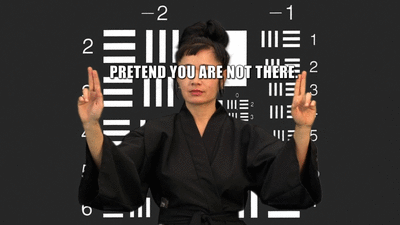


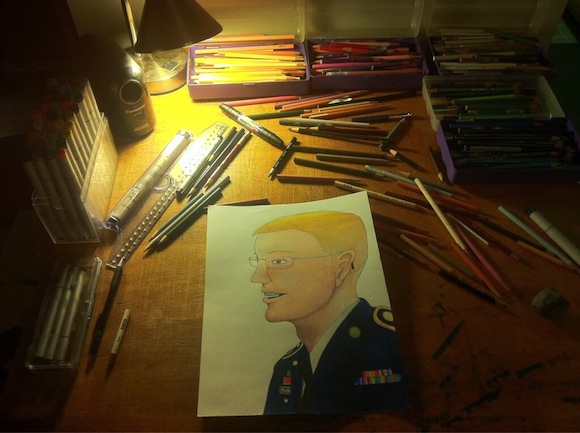

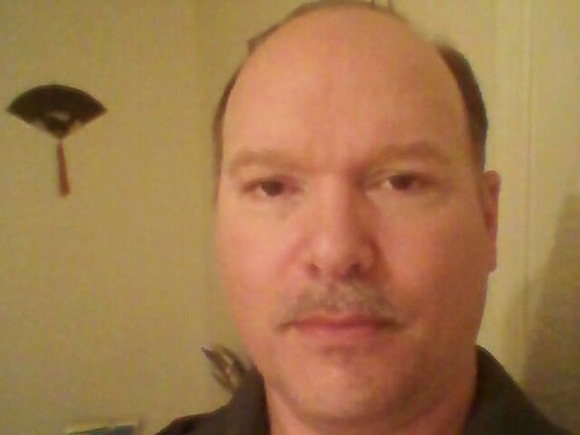


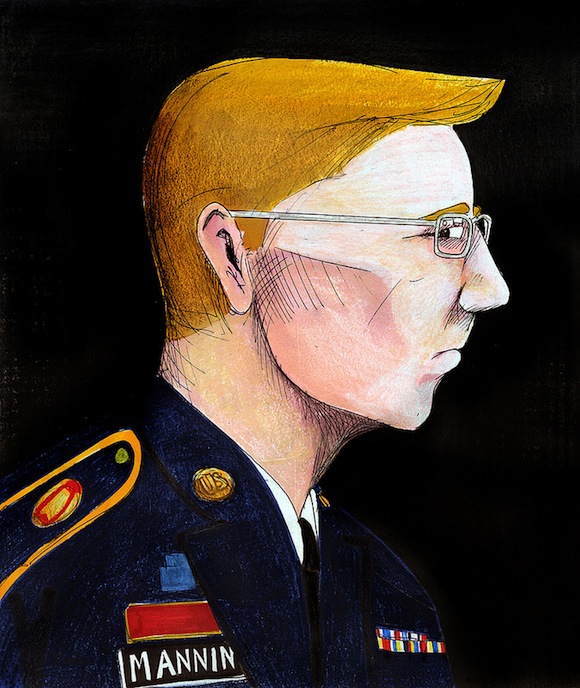
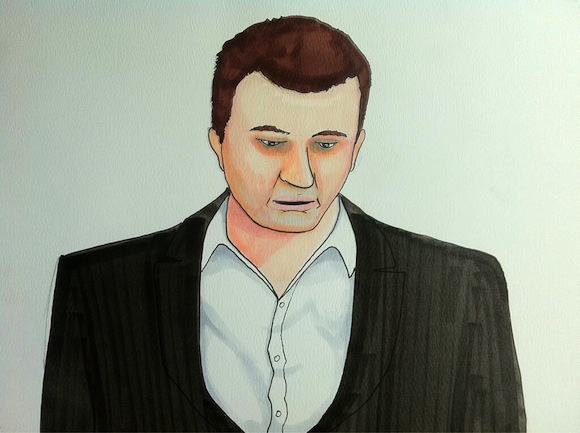

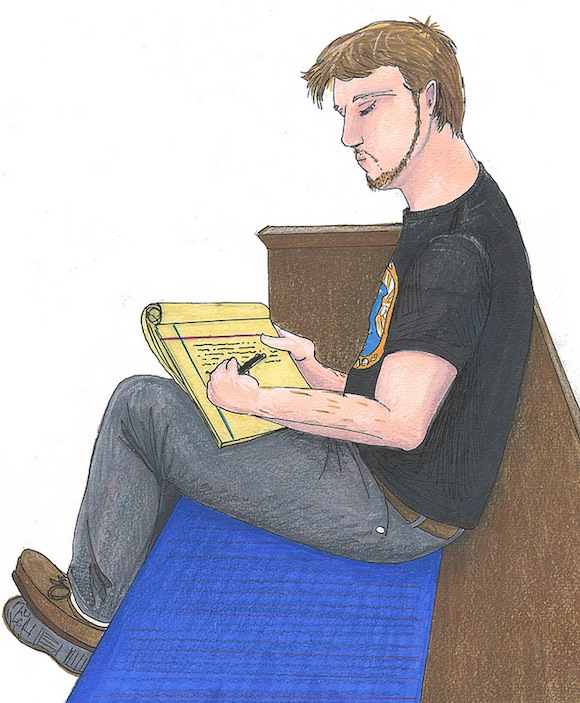
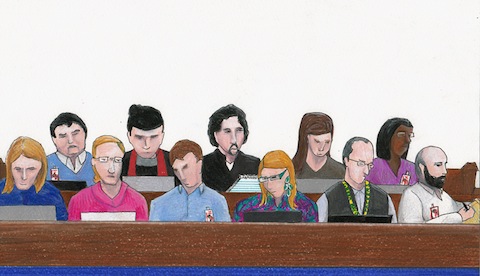



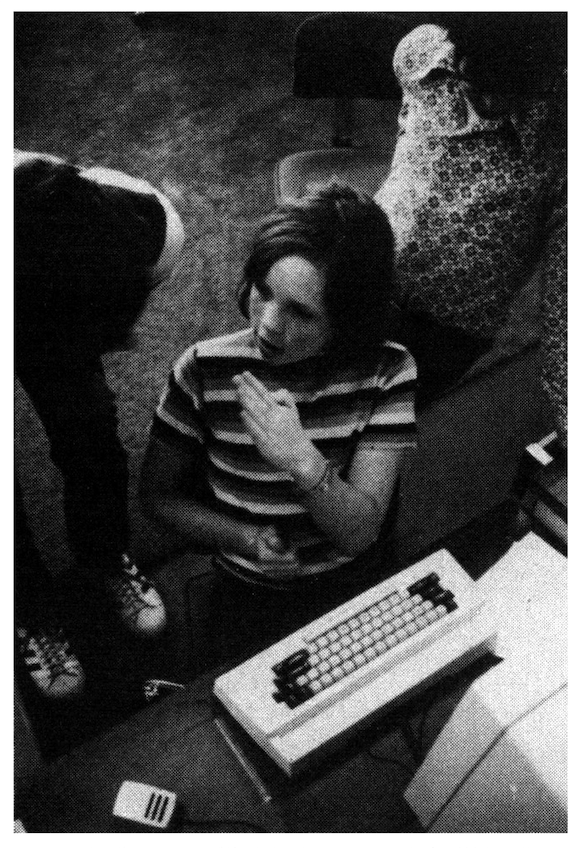
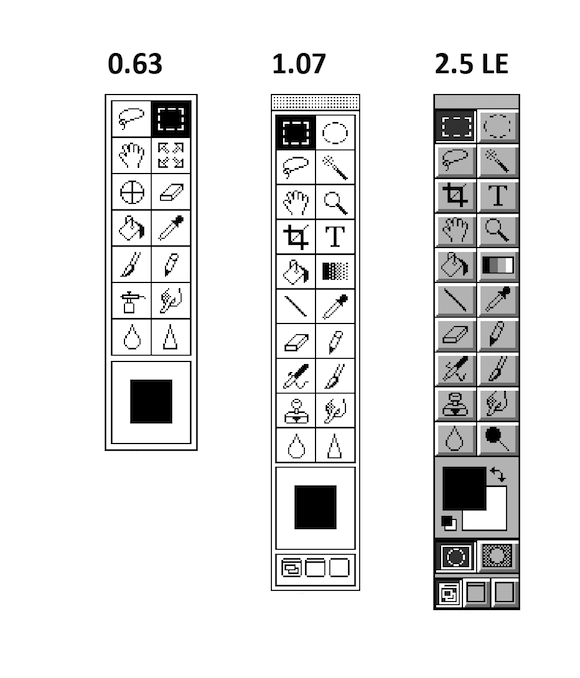
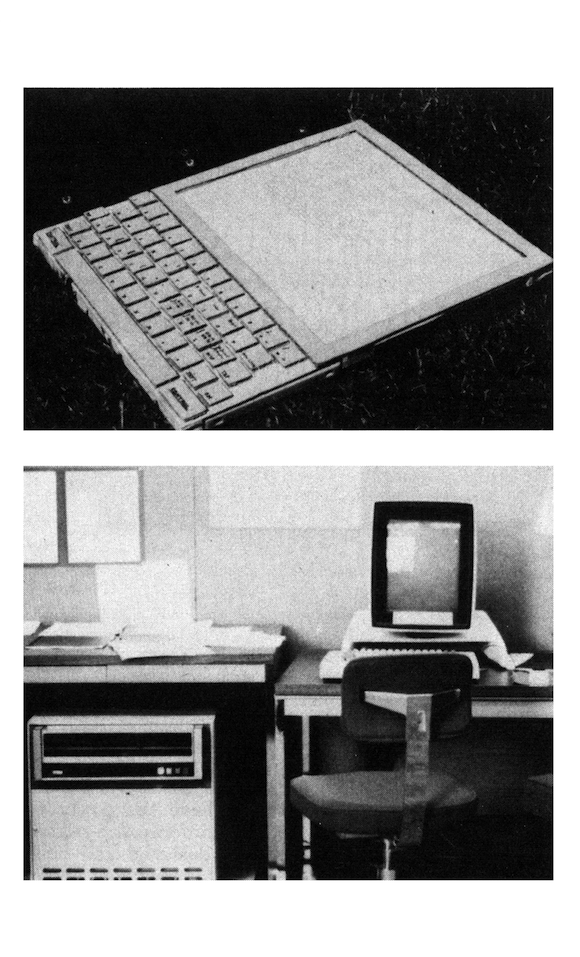
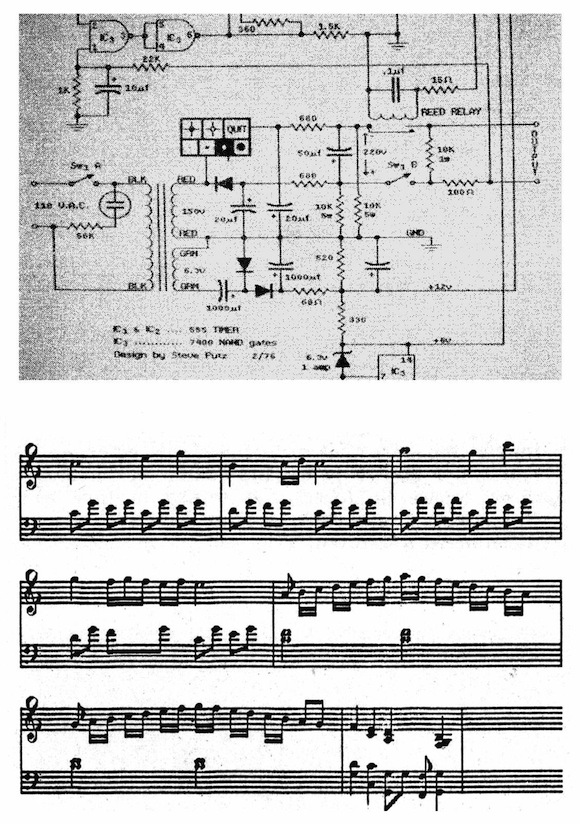
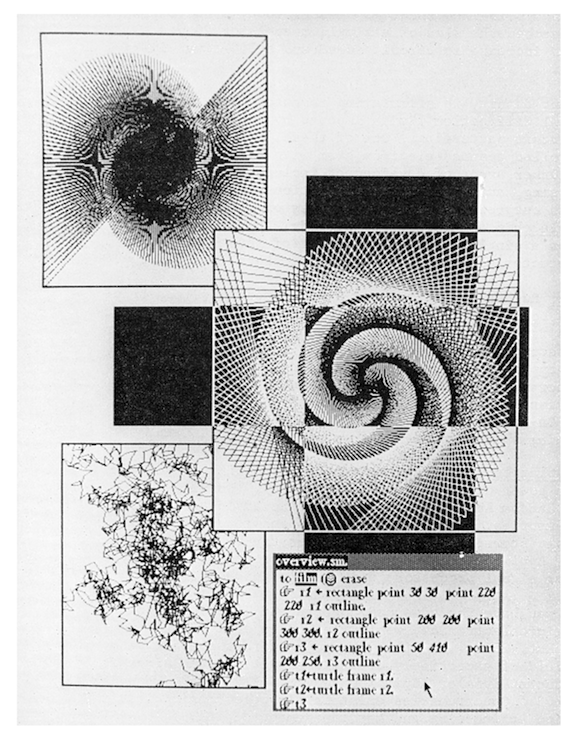




 The "New Sculpt" series by LaTurbo Avedon opens Saturday at Transfer Gallery
The "New Sculpt" series by LaTurbo Avedon opens Saturday at Transfer Gallery